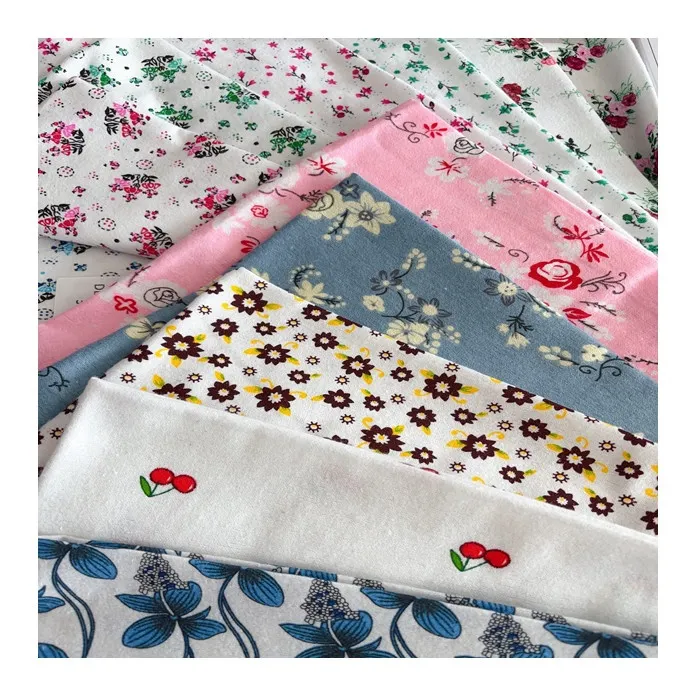
- Afrikaans
- Albanian
- Amharic
- Arabic
- Armenian
- Azerbaijani
- Basque
- Belarusian
- Bengali
- Bosnian
- Bulgarian
- Catalan
- Cebuano
- Corsican
- Croatian
- Czech
- Danish
- Dutch
- English
- Esperanto
- Estonian
- Finnish
- French
- Frisian
- Galician
- Georgian
- German
- Greek
- Gujarati
- haitian_creole
- hausa
- hawaiian
- Hebrew
- Hindi
- Miao
- Hungarian
- Icelandic
- igbo
- Indonesian
- irish
- Italian
- Japanese
- Javanese
- Kannada
- kazakh
- Khmer
- Rwandese
- Korean
- Kurdish
- Kyrgyz
- Lao
- Latin
- Latvian
- Lithuanian
- Luxembourgish
- Macedonian
- Malgashi
- Malay
- Malayalam
- Maltese
- Maori
- Marathi
- Mongolian
- Myanmar
- Nepali
- Norwegian
- Norwegian
- Occitan
- Pashto
- Persian
- Polish
- Portuguese
- Punjabi
- Romanian
- Russian
- Samoan
- scottish-gaelic
- Serbian
- Sesotho
- Shona
- Sindhi
- Sinhala
- Slovak
- Slovenian
- Somali
- Spanish
- Sundanese
- Swahili
- Swedish
- Tagalog
- Tajik
- Tamil
- Tatar
- Telugu
- Thai
- Turkish
- Turkmen
- Ukrainian
- Urdu
- Uighur
- Uzbek
- Vietnamese
- Welsh
- Bantu
- Yiddish
- Yoruba
- Zulu
Understanding the Processes Involved in Cotton Fabric Production and Quality Improvement
The Cotton Fabric Processing Journey
Cotton is one of the most widely used fabrics in the world, known for its comfort, breathability, and versatility. The journey from raw cotton to finished fabric is intricate and multi-faceted. In this article, we will explore the various stages involved in the processing of cotton fabric, highlighting the key steps that transform fluffy cotton bolls into the soft textiles we wear every day.
1. Harvesting Cotton
The first step in cotton fabric processing is harvesting the cotton fibers. Typically, this occurs in late summer and early autumn when the cotton bolls – the protective capsules that contain the cotton fibers – burst open, revealing fluffy white fibers. Harvesting can be conducted manually or with the aid of machinery. In recent years, mechanical harvesters have become the norm in many regions due to their efficiency and speed.
2. Ginning
Once harvested, the cotton undergoes a process known as ginning. This crucial step separates the cotton fibers from the seeds and the remnants of the bolls. The ginning machine quickly and effectively removes the seeds by using saws and air suction. The end result is clean, fluffy cotton lint ready for the next stage of processing. The seeds, which are not wasted, can be processed for oil production or used as livestock feed.
3. Spinning
After ginning, the clean cotton fibers are then spun into yarn. This process involves several sub-steps carding, drawing, and spinning. During carding, the cotton fibers are untangled, aligned, and formed into a thin web. Drawing involves combining and stretching the web of fibers to ensure uniformity. The final step, spinning, twists the aligned fibers together to create yarn. This yarn can vary in thickness, depending on the final application of the fabric.
4. Dyeing
Once yarn is produced, it often needs to be dyed to achieve the desired color. Dyeing can be done before weaving (yarn dyeing) or after the fabric has been woven (piece dyeing). Various dyeing techniques can be employed, from traditional methods to modern ones like digital printing, which allows for intricate designs and patterns. The choice of dye and technique can significantly influence the fabric’s quality, texture, and environmental impact.
cotton fabric process

The next stage is turning the dyed yarn into fabric, which can be accomplished through weaving or knitting. Weaving involves interlacing two sets of yarn – the warp (vertical threads) and the weft (horizontal threads) – to create a fabric. This can result in various fabric textures and structures, such as plain weave, twill, or satin. Knitting, on the other hand, involves interlooping continuous yarn strands, creating a stretchy fabric ideal for garments like T-shirts and sweaters.
6. Finishing
After weaving or knitting, the cotton fabric undergoes finishing processes to enhance its appearance, texture, and durability. Finishing may include treatments like bleaching, softening, or applying water-repellent coatings. It may also involve a process called mercerization, where the fabric is treated with caustic soda to increase luster, strength, and dye absorption. Each finishing technique can dramatically alter the fabric's final performance characteristics.
7. Quality Control
Before the cotton fabric reaches consumers, it must undergo rigorous quality control checks. These assessments can include inspections for defects, color consistency, and fabric strength. Ensuring that the final product meets industry standards is crucial for manufacturers, as it impacts customer satisfaction and brand reputation.
8. Distribution
Finally, after passing quality control, the cotton fabric is ready for distribution. The fabric can be sold to clothing manufacturers, home textile producers, or even directly to consumers. With the increased demand for sustainable practices, many companies are now focusing on eco-friendly production processes to appeal to environmentally conscious consumers.
Conclusion
From the fields where cotton is grown to the finished fabric that graces our wardrobes, the processing of cotton fabric is a complex interplay of nature and human ingenuity. Each step plays a crucial role in ensuring that the final product is not only functional but also meets the aesthetic desires of consumers worldwide. As we continue to innovate and improve sustainability in the textile industry, the journey of cotton fabric will remain a cornerstone of both fashion and functionality.
-
The Versatility and Elegance of White Cotton Poplin FabricNewsJun.23,2025
-
The Luxurious Comfort of Carded CottonNewsJun.23,2025
-
Explore the Luxurious Comfort of Cotton Flannel ClothNewsJun.23,2025
-
Discover the Versatility of Cotton Poplin ClothNewsJun.23,2025
-
Bleach Cotton FabricNewsJun.23,2025
-
100 Cotton BlendNewsJun.23,2025
-
Versatile Elegance with Poplin Fabric for SaleNewsMay.15,2025
